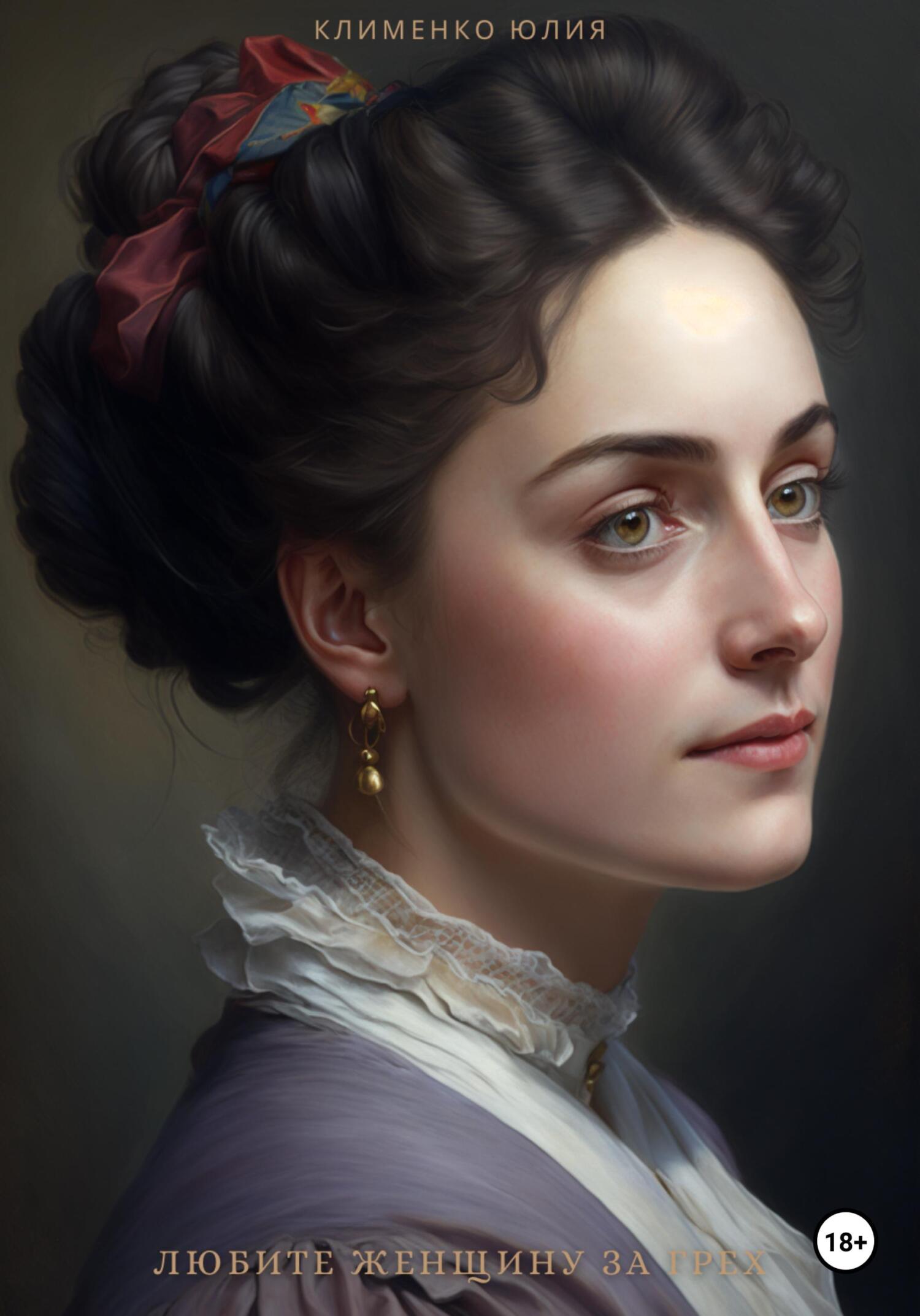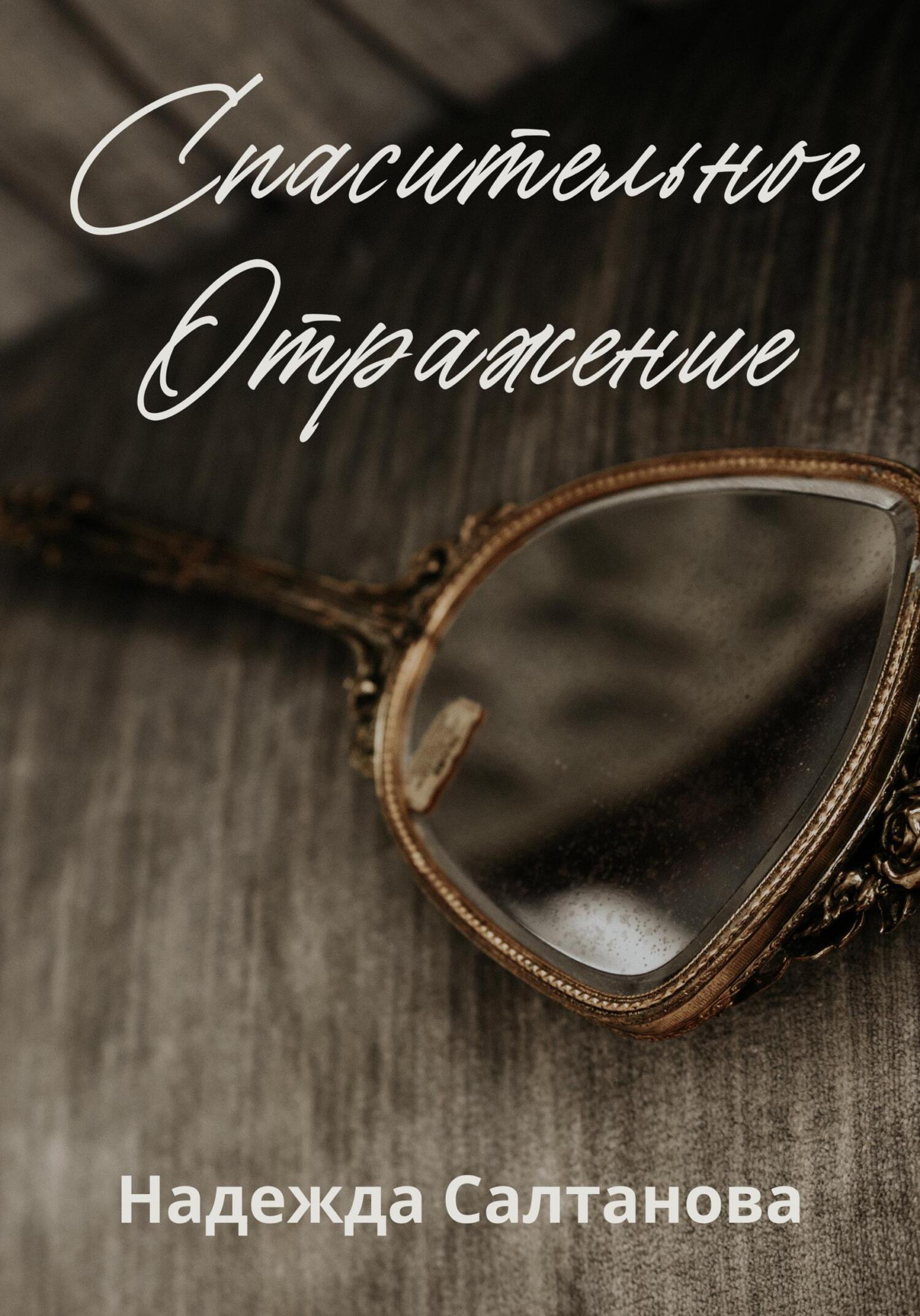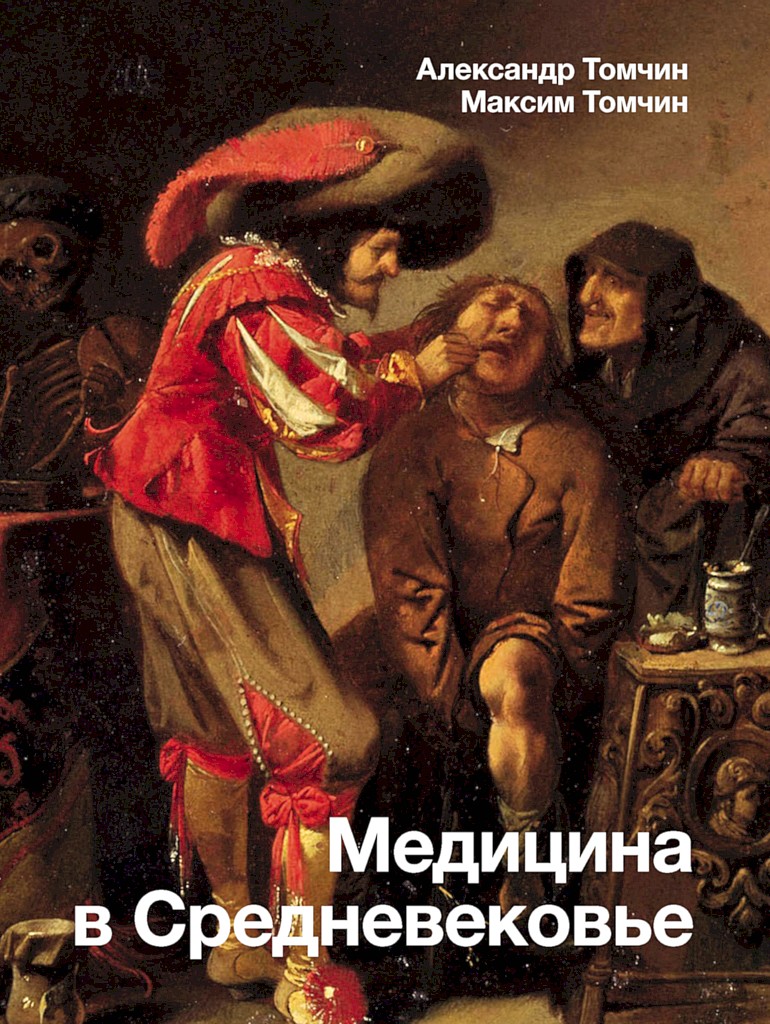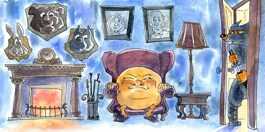nova, 215.
Там же.
Machaut, “Le Jugement dou Roy,” строки 377–79.
Из этого правила есть существенные исключения, в особенности касающиеся королевских семейств и высшей знати. Однако эти исключения, безусловно, существенны. Подробнее на темы замужества и девиц см. в Kim M. Phillips, Medieval Maidens: Young Women and Gender in England, 1270–1540 (Manchester: Manchester University Press, 2003), 36–42. M. C. Seymour et al., eds., De puella, in On the Properties of Things: John Trevisa's Translation of Bartholomaeus Anglicus “De proprietatibus rerum”: A Critical Text (Oxford: Oxford University Press, 1975), col. 1, lib. 6, cap. 6, цит. по Phillips, Medieval Maidens, 6–7.
Phillips, Medieval Maidens, 7.
Физиологическую холодность, которую отмечали у женщин в средневековую эпоху, оспаривали многие выдающиеся врачи и натурфилософы. См., например, Pseudo Albertus Magnus, Women's Secrets: A Translation of Pseudo-Albertus Magnus' “De secretis mulierum,” with Commentaries, ed. and trans. Helen Rodnite Lemay (Albany: SUNY Press, 1992), 60–70; Mazhar H. Shah, The General Principles of Avicenna's “Canon of Medicine” (Karachi: Naveed Clinic, 1966), 33–34.
Caroline Walker Bynum, The Resurrection of the Body in Western Christianity, 200–1336 (New York: Columbia University Press, 1995), 122; Mary Dove, The Perfect Age of Man's Life (Cambridge, U. K.: Cambridge University Press, 1986), 21–25.
Malcolm Andrew and Ronald Waldron, eds., The Poems of the Pearl Manuscript (Exeter, U. K., 1987), lines 197–204.
Neu-Karsthans, “Gesprech biechlin neuw Karsthns,” цит. по Michael Baxandall, The Limewood Sculptors of Renaissance Germany (New Haven, Conn.: Yale University Press, 1980), 88.
Anne-Laure Lalouette, “Bains et soins du corps dans les textes medicaux (XIIe–XIVe siecles),” in Laver, monder, blanchir: Discours et usages de la toilette dans l'Occident medieval, ed. Sophie Albert (Paris: Presses de l'Univer-sity Paris-Sorbonne, 2006), 33–49.
Etienne de Boileau, Le Livre des metiers, in Women's Lives in Medieval Europe: A Sourcebook, ed. Emilie Amt (New York: Routledge, 1993), 162. Тот самый денье, от которого происходит современное название пенни, был самой мелкой и самой распространенной монетой. Работникам и слугам в XIII веке обычно платили поденно где-то от полутора до двух с половиной денье, тогда как торговцы и ремесленники в зависимости от своего мастерства могли зарабатывать в день от трех до девяти денье. См. Jeffrey L. Singman, Daily Life in Medieval Europe (Westport Conn.: Greenwood Press, 1999), 61.
Georges Vigarello, Concepts of Cleanliness: Changing Attitudes in France Since the Middle Ages, trans. Jean Birrell (Cambridge, U. K.: Cambridge University Press, 1988), 21–22.
Olivia Remie Constable, “Cleanliness and Convivencia: Jewish Bathing Culture in Medieval Spain,” in Jews, Christians and Muslims in Medieval and Early Modern Times, ed. Arnold E. Franklin et al. (Leiden: Brill, 2014), 257–58.
О сохранившихся хамамах см., например, в Catherine B. Asher, “The Public Baths of Medieval Spain: An Architectural Study: Cross-Cultural Contacts,” в The Medieval Mediterranean: Cross-Cultural Contacts, ed. Marilyn J. Chait and Kathryn L. Reyerson (St. Cloud, Minn.: Northstar Press, 1988); О подозрениях мужчин в адрес банных привычек женщин см. у Alexandra Cuffel, “Polemicizing Women's Bathing Among Medieval and Early Modern Muslims and Christians,” и в The Nature and Function of Water, Baths, Bathing and Hygiene from Antiquity through the Renaissance, ed. Cynthia Kosso and Anne Scott (Leiden: Brill, 2009).
Kevin M. Dunn, Caveman Chemistry: 28 Projects from the Creation of Fire to the Production of Plastics (Irvine, Calif.: Universal, 2003), 233.
Hildegard of Bingen, Hildegard von Bingen's Physica: The Complete English Translation of Her Classic Work on Health and Healing, trans. Priscilla Throop (Rochester, Vt.: Healing Arts Press, 1998), ch. 4.
Monica H. Green, ed. and trans., The Trotula: An English Translation of the Medieval Compendium of Women's Medicine (Philadelphia: University of Pennsylvania Press, 2001), 115.
Там же.
Geoffrey de La Tour Landry, Le Livre du Chevalier de La Tour Landry pour l'enseignement de ses filles, ed. Anatole de Montaiglon (Paris: P. Jannet, 1854). Английский перевод см. в Geoffroy de La Tour Landry, The Booke of Thenseygnementes and Techynge that the Knyght of the Towre Made to his Doughters, trans. Gertrude Burford Rawlings and William Caxton (London: G. Newnes, 1902).
Jan Milíč of Kroměříž, “Sermon on the Last Day of the Lord,” in The Message for the Last Days: Three Essays from the Year 1367, ed. Milan Opočenský and Jana Opočenská (Geneva: World Alliance of Reformed Churches, 1998), 49. Bernard P. Prusak, “Woman: Seductive Siren and Source of Sin? Pseude-pigraphal Myth and Christian Origins,” in Religion and Sexism: Images of Women in the Jewish and Christian Traditions, ed. Rosemary Radford Ru-ether (Eugene, Ore.: Wipf and Stock, 1998), 89–116.
La Tour Landry, Le Livre du Chevalier, 112, далее из Susan Udry, “Robert de Blois and Geoffroy de la Tour Landry on Feminine Beauty: Two Late Medieval French Conduct Books for Women,” Essays in Medieval Studies 19 (2002): 100.
Montserrat Cabre, “Beautiful Bodies,” in A Cultural History of the Human Body in the Medieval Age, ed. Linda Kalof (New York: Bloomsbury, 2014), 135.
Joanne B. Eicher, ed., Dress and Ethnicity: Change Across Space and Time (New York: Bloomsbury, 1999), 1–16.
Green, Trotula, 115–16.
Там же, 118.
Там же, 121.
La Tour Landry, Le Livre du Chevalier, 109–10, цит. по Udry, “Robert de Blois and Geoffroy de La Tour Landry on Feminine Beauty,” 99.
Chaucer, “The Miller's Tale,” The Canterbury Tales, lines 137–138 [русский перевод цит. по https://facetia.ru/node/577].
Antoninus of Florence, Confessionale: Defecerunt scrutantes scrutinio (Delft: Jacob van der Meer, 1482), chap. 21, “De immodestia mulierum,” fol. 1.11, https://archive.org/details/ned-kbn-all-00001853-001. См. John Block Friedman, “Eyebrows, Hairlines, and ‘Hairs Less in Sight': Depilation in Late Medieval Europe,” in Medieval Clothing and Textiles, ed. Robin Netherton and Gale R. Owen-Crocker (Woodbridge, U. K.: Boydell & Brewer, 2018), 14:102.
Friedman, “Eyebrows, Hairlines,” 14:95.
Там же, 14:113.
Montserrat Cabre i Pairet, “La cura del cos femeni i la medicina medieval de tradicio llatina. Els tractats ‘De ornatu' i ‘De decorationibus mulierum' atribuits a Arnau de Vilanova, ‘Trotula' de mestre Joan, i ‘Flors del tresor de beutat' atribuit a Manuel Diec de Calatayud” (Ph. D. diss., University of Barcelona, 1996), 202, цит. оттуда же, 14:87.
Margaret Scott, Fashion in the Middle Ages (Los Angeles: J. Paul Getty Trust, 2018), 21–24.
W. Nelson Francis, ed., The Book
























